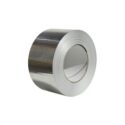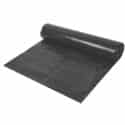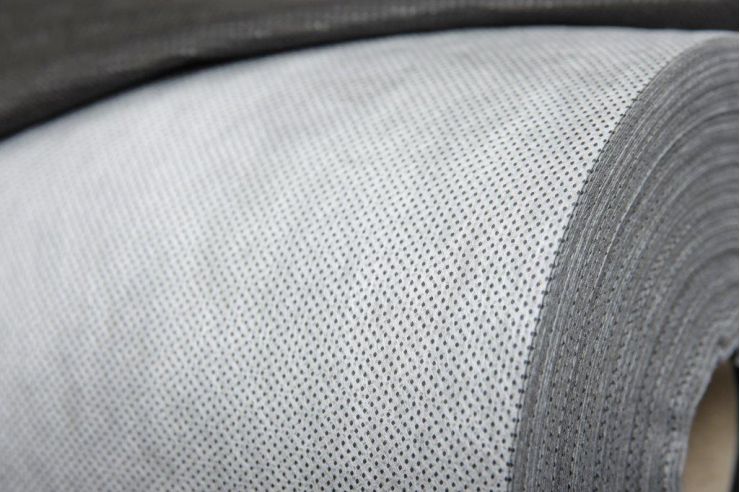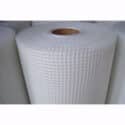30 Jun 2023
Cavity Closers: Enhancing Energy Efficiency in UK Buildings
In the quest for sustainable living and reduced energy consumption, improving the energy efficiency of buildings plays a crucial role.
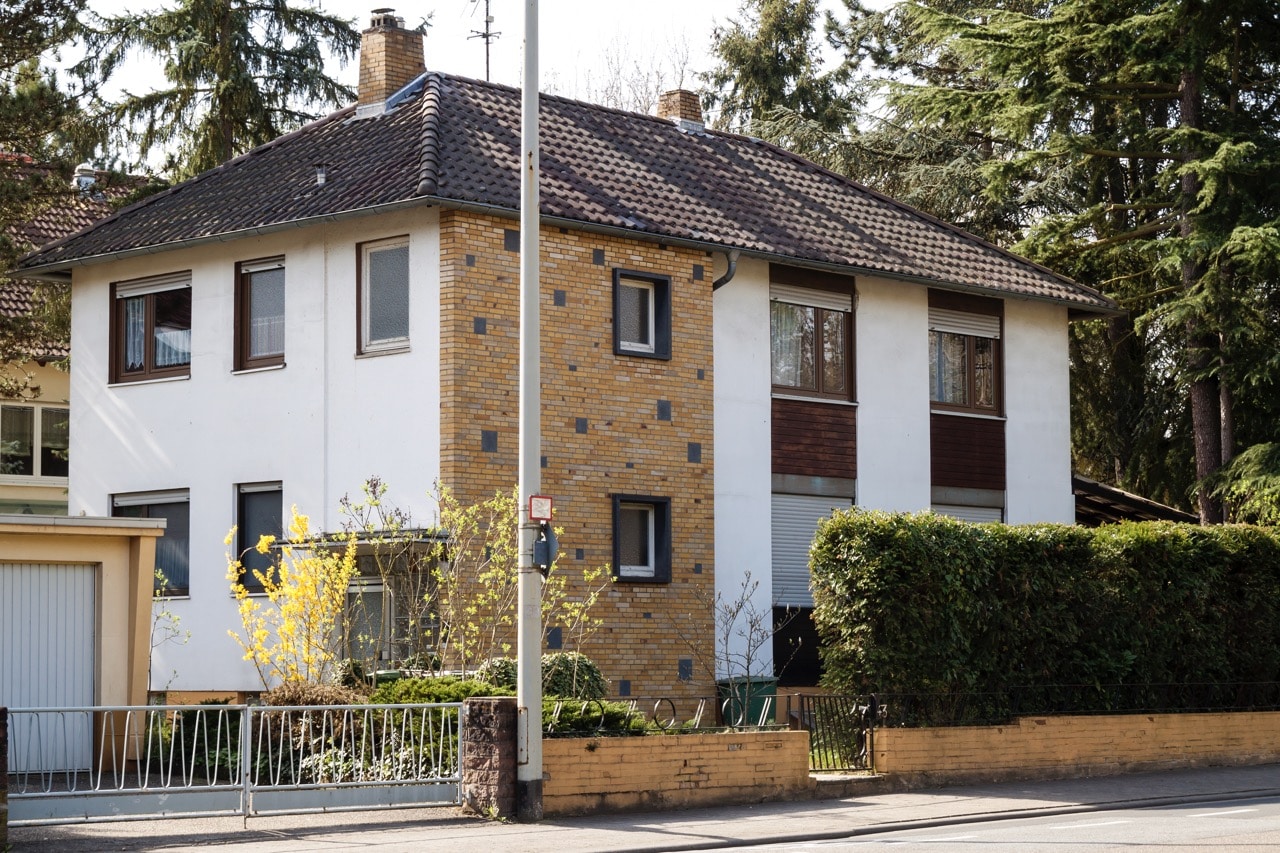
Introduction
In the quest for sustainable living and reduced energy consumption, improving the energy efficiency of buildings plays a crucial role. One effective way to achieve this is through the installation of cavity closers. Cavity closers, also known as cavity barriers or cavity fillers, are an integral component of building envelopes, enhancing insulation and preventing heat loss. This article will delve into the importance of cavity closers installed in enhancing energy efficiency in UK buildings, exploring their benefits, selection process, installation, compliance with building regulations, case studies, maintenance, and future trends.
Understanding Insulated Cavity Closers
Cavity closers are designed to fill the gaps between the inner and outer walls of a building, effectively closing the cavity. Their primary purpose is to provide insulation, minimise thermal bridging, and maintain the integrity of the building envelope. Cavity closers come in various forms, including rigid insulation boards, flexible insulation materials, and pre-formed units made from materials like expanded polystyrene (EPS) or extruded polystyrene (XPS).
Benefits of Cavity Closers
Improved Insulation
By filling the cavity, cavity closers significantly enhance the thermal performance of a building. They act as a barrier, reducing the transfer of heat between the interior and exterior walls. This insulation effect helps maintain a comfortable indoor temperature while reducing the reliance on heating and cooling systems, ultimately leading to energy savings.
Enhanced Energy Efficiency
The installation of cavity closers can substantially improve the energy efficiency of buildings. By preventing heat loss through the cavity openings, less energy is required to heat or cool the interior spaces. This, in turn, reduces energy consumption, lowers carbon emissions, and contributes to a greener environment.
Prevention of Damp and Condensation
Cavity closers also play a vital role in preventing dampness and condensation within the building. By closing the cavity, they create a barrier that reduces the risk of moisture penetration. This helps to maintain a dry and healthy indoor environment while safeguarding the structural integrity of the building.
Choosing the Right Cavity Closer
When selecting suitable cavity closers for a building project, several factors should be considered. Firstly, the specifications and requirements of the building’s design and construction must be taken into account. The choice of materials is also essential, as different cavity closers offer varying degrees of insulation and durability. Additionally, compliance with building regulations and industry standards is paramount to ensure optimum performance.
Installation Process
Proper installation of cavity closers is critical to their effectiveness. Before installation, thorough preparation and planning are necessary. This involves assessing the building design, measuring the cavity dimensions, and selecting the appropriate cavity
closers. The installation process typically involves cutting and fitting the closers into the cavity gaps, ensuring a tight and secure fit. It is essential to follow the manufacturer’s guidelines and industry best practices to achieve the desired energy efficiency outcomes.
Compliance with Building Regulations – Fire rated cavity closers
Meeting building regulations is vital in the construction industry to ensure the safety, energy efficiency, and longevity of buildings. In the case of cavity closers, compliance requirements vary depending on the specific building project and location. Building regulations provide guidelines on the type, placement, and thermal properties of cavity closers. Adhering to these regulations guarantees that the installation meets the required standards and contributes to a sustainable and energy-efficient building.
Maintenance and Longevity
To ensure the long-term efficiency of cavity closers, proper maintenance is crucial. Regular inspections should be carried out to identify any signs of wear, damage, or degradation. Cleaning the closers and keeping them free from debris will help maintain their insulation properties. In case of any issues, prompt repairs or replacements should be undertaken to prevent compromising the energy efficiency of the building.
Future Trends in Insulated Cavity Closers
As technology advances and sustainable practices gain traction, the future of cavity closers looks promising. Innovations in materials, such as the development of eco-friendly and recyclable options, will lead to more sustainable choices. Advancements in insulation properties and integration with smart building systems will further enhance energy efficiency. The future range of cavity closers holds the potential for even greater contributions to sustainable construction practices.
Conclusion
Cavity wall closers play a vital role in enhancing the energy efficiency of buildings in the UK. By filling the gaps between inner and outer walls, they improve insulation, reduce heat loss, and prevent dampness and condensation. Proper selection, installation, and compliance with building regulations are crucial for maximising their effectiveness. Regular maintenance and attention to longevity ensure continued energy savings and performance improvements. As the industry progresses, cavity closers will continue to evolve, providing even more sustainable and efficient solutions for the construction sector.
FAQs
- What is the purpose of cavity closers? Cavity closers are designed to fill the gaps between the inner and outer walls of a building, providing insulation, minimising thermal bridging, and maintaining the integrity of the building envelope.
- How do cavity closers enhance energy efficiency? By closing the cavity, cavity closers reduce heat loss, improving the thermal performance of buildings. This leads to energy savings, lower carbon emissions, and a greener environment.
- What are the different types of cavity closers? Cavity closers come in various forms, including rigid insulation boards, flexible insulation materials, and pre-formed units made from materials like expanded polystyrene (EPS) or extruded polystyrene (XPS).
- How do cavity closers prevent damp and condensation? Cavity closers create a barrier that reduces the risk of moisture penetration, thus preventing dampness and condensation within the building. This helps maintain a dry and healthy indoor environment while safeguarding the structure.
- What are the future trends in cavity closers? Future trends in cavity closers include the development of eco-friendly and recyclable options, advancements in insulation properties, and integration with smart building systems, all contributing to sustainable construction practices.







